ABC is an equilateral with O as its centre →F1,→F2 and →F3 represent three forces acting along the sides AB, BC and AC respectively. If the total torque about O is zero then the magnitude of →F3 is :
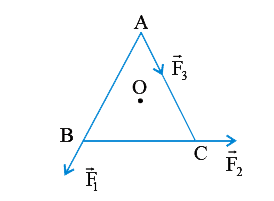
2(F1+F2)
F1+F2
F1−F2
F1+F22
The correct Answer is:B
Torque = force ×perpendicular distance of the line of action of force from axis of rotation.
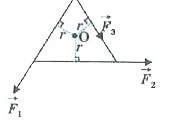
Torque about a point O due to all the three forces is,
τ=rF1sin90∘+rF2sin90∘−rF3sin90∘
If τ=0,
F1+F2−F3=0
F3=F1+F2
Topper's Solved these Questions
- BOOK - MODERN PUBLICATIONCHAPTER - SYSTEMS OF PARTICLES AND ROTATIONAL MOTIONEXERCISE - COMPETITION FILE ( OBJECTIVE TYPE QUESTIONS (JEE (Main) & Other State Boards for Engineering Entrance) )48videos
SYSTEMS OF PARTICLES AND ROTATIONAL MOTION
- BOOK - MODERN PUBLICATIONCHAPTER - SYSTEMS OF PARTICLES AND ROTATIONAL MOTIONEXERCISE - COMPETITION FILE ( OBJECTIVE TYPE QUESTIONS MULTIPLE CHOICE QUESTIONS (with more than one correct answer) )35videos
SYSTEMS OF PARTICLES AND ROTATIONAL MOTION
- BOOK - MODERN PUBLICATIONCHAPTER - SYSTEMS OF PARTICLES AND ROTATIONAL MOTIONEXERCISE - REVISION EXERCISES (Numerical Problems)20videos
SYSTEMS OF PARTICLES AND ROTATIONAL MOTION
- BOOK - MODERN PUBLICATIONCHAPTER - PHYSICAL WORLD EXERCISE - Revision exercises (Long answer questions)6videos
PHYSICAL WORLD
- BOOK - MODERN PUBLICATIONCHAPTER - THERMAL PROPERTIES OF MATTEREXERCISE - CHAPTER PRACTICE TEST15videos
THERMAL PROPERTIES OF MATTER
Similar Questions
Knowledge Check
- Question 1 - Select One
O is the centre of an equilateral triangle ABC. F1,F2 and F3 are the three forces acting along the sides AB,BC and AC respectively. What should be the value of F3 so that the total torque about O is zero?
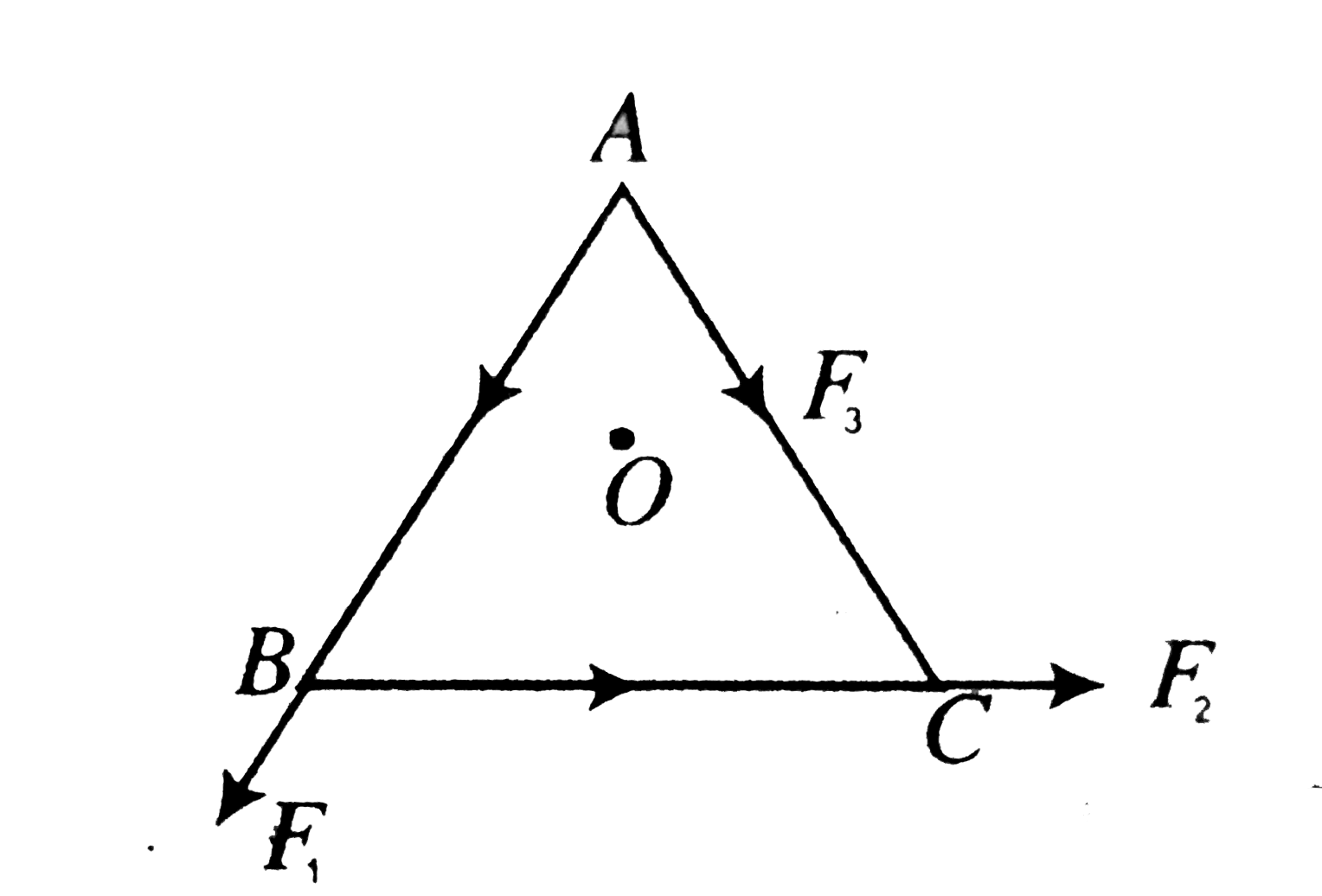 A2(F1+F2)BF1+F22CF1−F2DF1+F2
A2(F1+F2)BF1+F22CF1−F2DF1+F2 - Question 2 - Select One
O is the centre of an equilateral triangle ABC. F1,F2 and F3 are three forces acting along the sides AB, BC and AC as shown in the figure. What should be the magnitude of F3, so that the total torque about O is
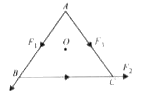 A(F1+F2)B2(F1+F2)C(F1+F2)/2D(F1−F2)
A(F1+F2)B2(F1+F2)C(F1+F2)/2D(F1−F2) - Question 3 - Select One
A body is under the action of three forces →F1,→F2and→F3. In which case the body cannot undergo angular acceleration ?
A−→F1,−→F2and−→F3 are concurrentB−→F1+−→F2+−→F3=0C−→F1,−→F2 is parallel to −→F3 but the three forces are not concurrentD−→F1and−→F2 act at the same point but −→F3 acts at different point.
Three forces →F1,→F2 and →F3 are simultaneously acting on a particle of mass 'm' and keep it in equlibrium. If →F1 force is reversed in direction only, the acceleration of the particle will be.
View SolutionLet →F be the force acitng on a paritcle having positon vector →rand→T be the torque of this force about the origin. Then
View SolutionTwo forces →F1and→F2 are acting at right angles to each other, find their resultant ?
View SolutionForces proportional to AB, BC and 2CA act along the sides of triangle ABC in order, their resultants represented in magnitude and direction is
View SolutionAt a picnic, there is a contest in which hoses are used to shoot water at a beach ball from three directions. As a result, three forces act on the ball, →F1,→F2and→F3 (see the drawing). The magnitudes of →F1and→F2=50.0NandF2=90.0N. Using the graphical technique, determine the angle such that the resultant force acting on the ball is zero.
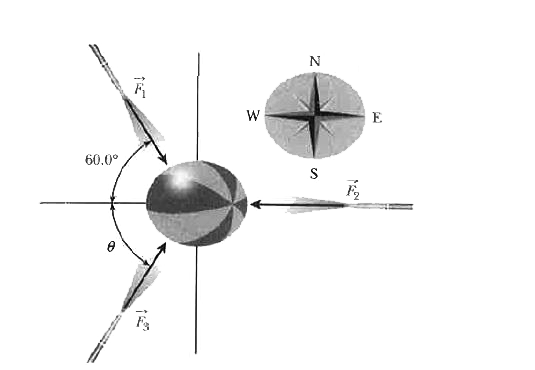 View Solution
View Solution

